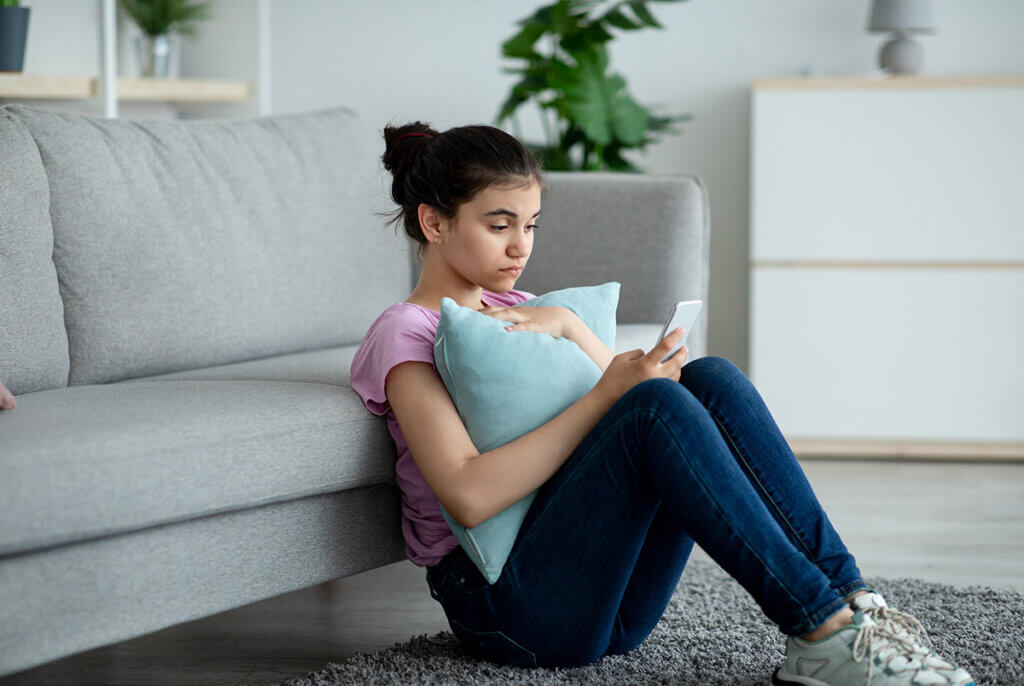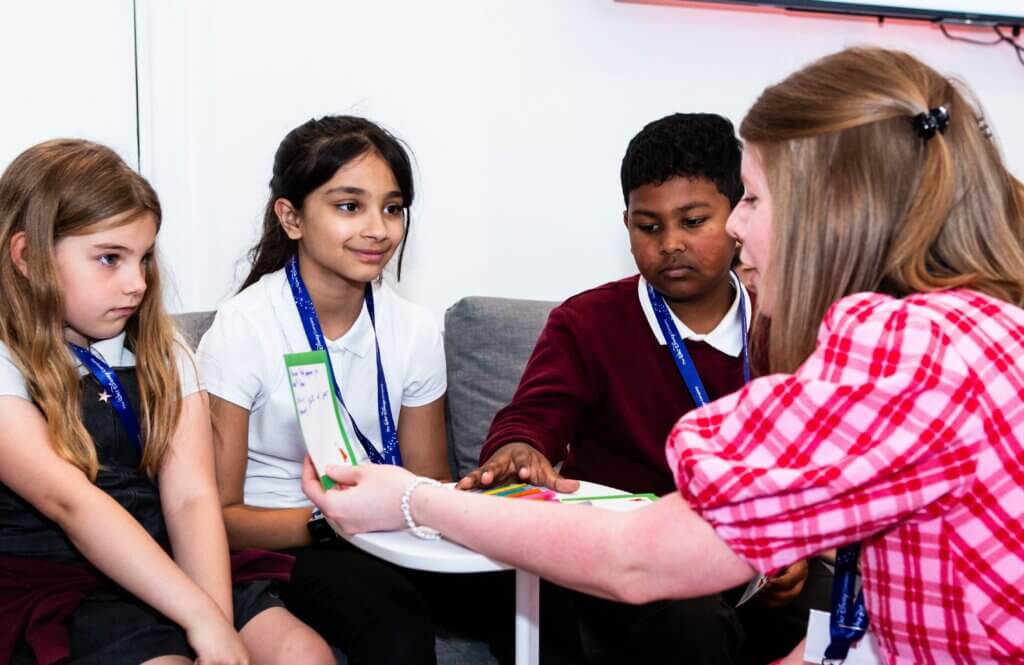
Along with the many positive things which young people may see or experience online, they may also encounter things which may worry or upset them.
With world events surrounding the Ukraine and Russian conflict, young people may be hearing words like ‘bombing’, ‘invasion’ and ‘World War Three’ in posts on Instagram, TikTok and other social media sites. Young people on social media may be seeing a range of posts; some factual, some memes, some scaremongering, and may be worried or confused about what is happening and the impact this may have on them.
Talk about the events happening in an age-appropriate way
Before starting a conversation about the Ukraine Crisis, it’s a good idea to start with what they already know, see what their base level of knowledge is and see what questions or concerns they have.
Whatever age your child is, it is important to talk about what is happening in an age appropriate way, and to show content and information that is suitable for your child.
Newsround have created a roundup for young people about the situation in Ukraine, which can be a good way to start conversation with your child if they are seeing content online. https://www.bbc.co.uk/newsround/60417806
Help them to find the balance
Whilst scrolling social media young people can sometimes the pressure to keep abreast of all the information and advancements, or to share news round ups on their own stories or profile. If your child feels like their timeline is full of people sharing information and opinions, they may feel overwhelmed or anxious whilst scrolling.
Talk to your child about where they get their information from and talk about how they can strike a balance in their own news consumption.
This could be by setting time each day as a family to research, by only looking at verified news sources, or by muting certain words on social media. It is also important to remind you child that they do not have to watch, read, or share any content online that they do not want to, or which makes them feel uncomfortable.
Talk about worrying content more generally
This could be anything from a scary picture or hateful comment to something which is intended for an adult audience or potentially even illegal content.
There are several ways that young people could find such content; they may stumble upon it by following links, downloading unknown files, misspelling website addresses or even by knowingly looking for it. However, if they come across this content it could leave them feeling worried, confused or upset.
Parental controls can be a helpful way to reduce the chances of your child seeing harmful content but they should never replace having open conversations about what your child is doing online. Our conversation starters can help you.
Encourage your child to remove themselves immediately if they feel overwhelmed or worries, they could do this by closing a laptop lid, turning over a tablet or phone, or turning the monitor off on a PC, and coming to talk to you.
Know who your child can go to for help
There are lots of ways your child can get support if they see something upsetting online and it’s important to make them aware of the different avenues of support. In addition to family and school support, children can contact helplines for advice:


